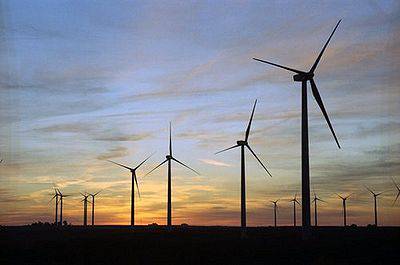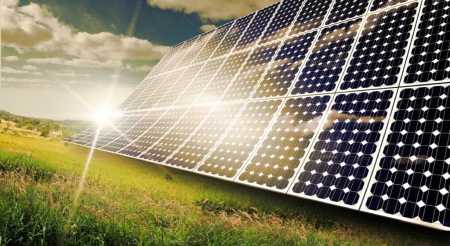As India accelerates its journey towards a sustainable future, its renewable energy (RE) sector has achieved remarkable milestones.
In 2024, the country made significant progress in solar and wind energy installations, policy reforms, and infrastructure development, setting the stage for ambitious 2025 goals. With a commitment to achieving 500 GW of non-fossil fuel-based energy capacity by 2030, India is establishing itself as a global leader in clean energy. As of January 20, 2025, India’s total non-fossil fuel-based energy capacity stands at 217.62 GW.
In 2024, India recorded an unprecedented addition of 24.5 GW of solar capacity and 3.4 GW of wind capacity. This marked a more than twofold increase in solar installations and a 21% growth in wind installations compared to 2023.
This surge was fueled by government incentives, policy reforms, and significant investments in domestic manufacturing of solar panels and wind turbines.
Solar energy remained the dominant driver of India’s renewable energy expansion, accounting for 47% of the total installed renewable energy capacity. Utility-scale solar installations contributed 18.5 GW, a 2.8x increase from 2023, with Rajasthan, Gujarat, and Tamil Nadu collectively contributing 71% of the total.
The rooftop solar sector also experienced robust growth in 2024, with 4.59 GW of new capacity installed, a 53% increase compared to 2023. The PM Surya Ghar: Muft Bijli Yojana, introduced in 2024, significantly bolstered this growth, enabling 700,000 rooftop solar installations within ten months. Additionally, the off-grid solar segment saw a 182% surge, adding 1.48 GW and advancing energy access in rural areas.
Wind energy also saw notable progress, with 3.4 GW of new capacity added in 2024. Gujarat (1,250 MW), Karnataka (1,135 MW), and Tamil Nadu (980 MW) led the way, accounting for 98% of the year’s new wind capacity. These states reaffirmed their leadership in wind power generation.
The Ministry of New & Renewable Energy (MNRE) played a critical role in driving RE sector growth through key policy initiatives, including:
- Green Hydrogen Development: Efforts to develop green hydrogen policies aimed at cost reduction and attracting investments in this emerging sector.
- Manufacturing Expansion: Increased domestic production of solar PV panels and wind turbines, supporting India’s vision to become a global RE manufacturing hub.
- Grid Infrastructure Investments: Proposals for significant investments in inter-state transmission systems to efficiently evacuate power from renewable-rich states such as Rajasthan, Gujarat, and Madhya Pradesh.
India’s renewable energy sector is undergoing a transformative phase, with 2024 marking a year of record capacity additions and policy advancements. As the country transitions into 2025, addressing regulatory, financial, and infrastructure challenges will be vital. With continued policy support, increased investments, and a focus on emerging technologies, India is well-poised to achieve its ambitious renewable energy targets and cement its position as a global leader in the clean energy transition.
- PIB







